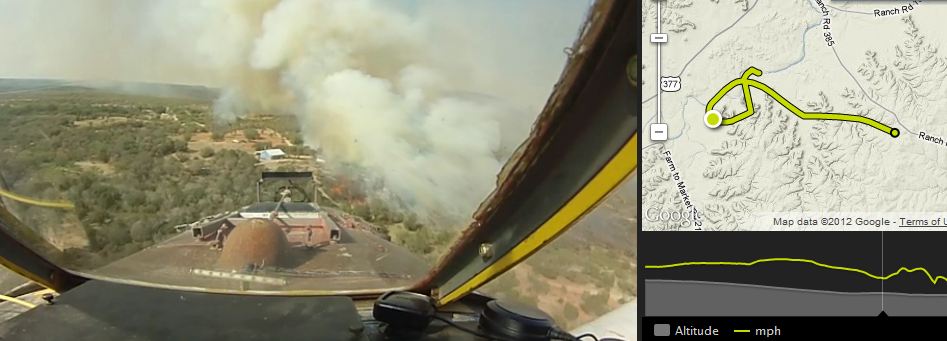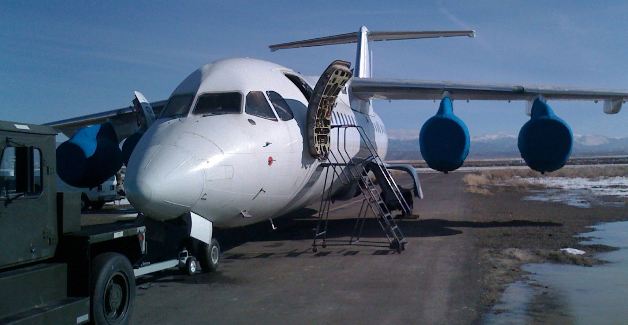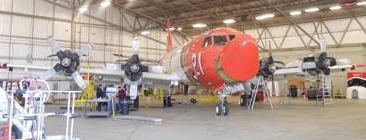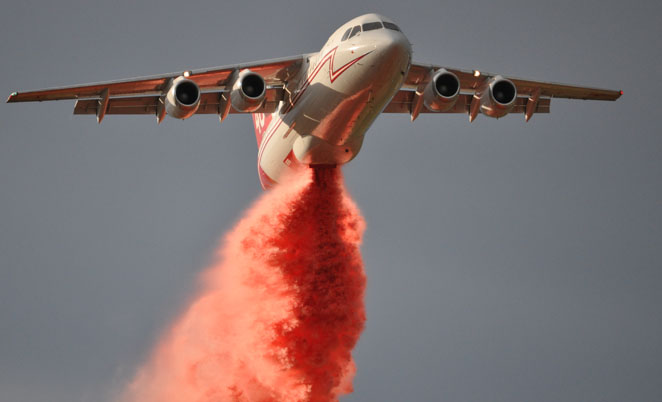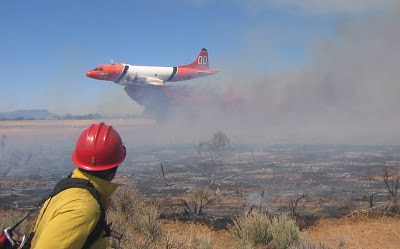
The CEO of Aero Union, Britt Gourley,said the company has appealed through the judicial process the U.S. Forest Service’s cancellation of their contract for Aero Union’s eight P-3 Orion air tankers. The USFS terminated the contract July 29, 2011, saying safety inspections were not being completed, and shortly after that the company laid off 60 of their employees. At that time, six of the eight P-3s were active on contracts. This left only 11 large air tankers on exclusive use contracts with the USFS.
 Mr. Gourley told Wildfire Today on Monday that after their contract was cancelled halfway through the fire season, and now with the aircraft sitting for almost six months, their financial situation has forced them to sell their assets. As we reported on January 1, Aero Union has put their aircraft up for auction, which will culminate in the opening of sealed bids on February 28 at McClellan, California.
Mr. Gourley told Wildfire Today on Monday that after their contract was cancelled halfway through the fire season, and now with the aircraft sitting for almost six months, their financial situation has forced them to sell their assets. As we reported on January 1, Aero Union has put their aircraft up for auction, which will culminate in the opening of sealed bids on February 28 at McClellan, California.
Mr. Gourley said his company complied with all of the requirements in the USFS contract and claims the P-3s have “always been meticulously maintained and continuosly airworthy”. He hopes the aircraft will be flying over fires again this summer, if not in the United States, then in another country.
Mr. Gourley feels the USFS has a strong predisposition toward the C-130J as an air tanker platform and is unwilling to give serious consideration to other aircraft. He said another option for an air tanker would be to acquire military surplus P-3s and “re-wing” them with current technology and kits developed by Lockheed which cost about $18 million each.
It would be surprising if a private company could work out the finances for the procurement and then the USFS contracting arrangements to purchase and operate new C-130Js with a purchase price of about $90 million each. But if the USFS adopts a different air tanker paradigm, in which the aircraft are government-owned and contractor operated, then it’s a whole new ball game. It is hard to imagine the U.S. Government coming up with the money to buy a fleet of new air tankers. A more realistic variation on this is to acquire some gently-used C-130Js that have been thrown away by the military.
It is hard to understand how the US Government can come up with trillions of dollars for military aircraft, ships, and equipment, but the USFS has to contract for air tanker platforms that have been deemed no longer worthy of being used by the military.
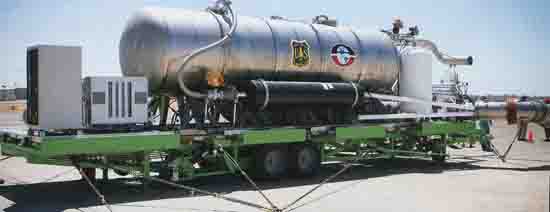
In addition to the eight Aero Union P-3s that are up for auction, the company is selling intellectual property consisting of patents, jigs, drawings, and tooling for their MAFFS II 3,000-gallon slide-in retardant tank system for C-130J. The USFS has already purchased eight of these second generation units which are used by Air National Guard and Air Force Reserve units on wildfires if all of the privately owned air tankers are already working on fires. If a new company purchases the MAFFS II intellectual property and manufactures more, you could have one of your own for approximately $5.2 million.
The reason Mr. Gourley of Aero Union contacted us was so that he could ask for our email address in order to reply in writing to our January 1 article about the demise of their company and the current auction. Below is his letter:
Continue reading “Aero Union is appealing the cancellation of their air tanker contract”


